The elephant is the largest land mammal. It descended from the prehistoric mammoth and belongs to the Proboscidea order. Once common on every continent except Australia and Antarctica, today it survives only in Asia and Africa. The African elephant can grow up to 4 meters tall and weigh up to 9 tons. The Asian elephant is about 3 meters tall and can weigh as much as five and a half tons. The large head is dominated by a trunk, which does not have bones but powerful muscles. Equipped with a strong sense of smell and sensitive nerve endings, the trunk allows elephants to explore surroundings. The animal also uses its trunk to fight, grab tree trunks and bring food to its mouth. Elephants’ tusks can grow more than three meters long. Female Asian elephants barely grow tusks. Female African elephants, on the other hand, grow tusks as big as males. The animals’ massive bulk and menacing tusks protect them from predators. Not even lions dare to attack adult elephants. Elephants live in herds of 5 to 50 members each and follow the oldest female in their group. A strong bond exists between herd members. When one of the elephants in a group goes off on its own for as little as several hours, it receives a long welcoming ceremony upon return.
Elephants live in savannahs, but can adapt to other environments such as forests. They are herbivores, feeding mainly on leaves. Elephants need a great amount of food and consume as much as 300 kg per day. Elephants reach sexual maturity when they are between 11 and 14 years old. Female elephants are fertile from age 13 until around age 60. Elephants mate at night, after two members of a herd meet and caress each other with their trunks. Females are pregnant for 21 months, the longest gestation period of any mammal. They give birth to one calf at a time, with the young weighing an average of 100 kg each. Elephant calves spend early years with their mothers, who provide food and protection from predators. If the mother suddenly dies, other females from her herd care for the orphaned offspring. The elephant has an average life expectancy of 70-75 years, making it one of the longest-living animals. When an elephant dies, herd members bury the body under leaves and watch over it. The herd periodically returns to the burial site to see the remains. Many cultures view the elephant as a symbol of wisdom, temperance and majesty. Hindi artists depicted the god Ganesha with an elephant’s head. In medieval iconography the elephant was a symbol of good, counterbalancing the snake, which represented evil.
Elephants live in savannahs, but can adapt to other environments such as forests. They are herbivores, feeding mainly on leaves. Elephants need a great amount of food and consume as much as 300 kg per day. Elephants reach sexual maturity when they are between 11 and 14 years old. Female elephants are fertile from age 13 until around age 60. Elephants mate at night, after two members of a herd meet and caress each other with their trunks. Females are pregnant for 21 months, the longest gestation period of any mammal. They give birth to one calf at a time, with the young weighing an average of 100 kg each. Elephant calves spend early years with their mothers, who provide food and protection from predators. If the mother suddenly dies, other females from her herd care for the orphaned offspring. The elephant has an average life expectancy of 70-75 years, making it one of the longest-living animals. When an elephant dies, herd members bury the body under leaves and watch over it. The herd periodically returns to the burial site to see the remains. Many cultures view the elephant as a symbol of wisdom, temperance and majesty. Hindi artists depicted the god Ganesha with an elephant’s head. In medieval iconography the elephant was a symbol of good, counterbalancing the snake, which represented evil.
RELATED


EOLIC


SOLAR THERMAL ENERGY


DOG
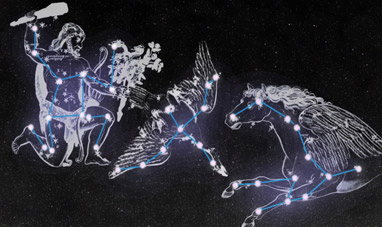

CONSTELLATIONS


ANACONDA


GULL


SUPERNOVAS


MERCURY


THE SKELETON


GROUPER


WEALTH IN THE WORLD


SCORPION


FROG


ERIS


SHEEP
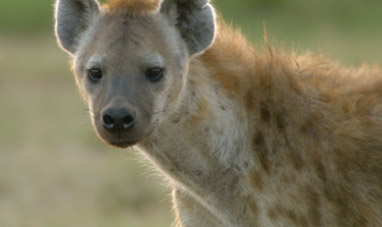

HYENA
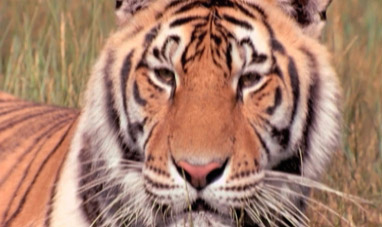

TIGER


TWITTER
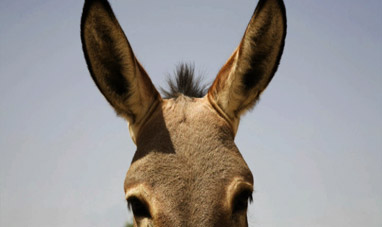

DONKEY


IGUANA
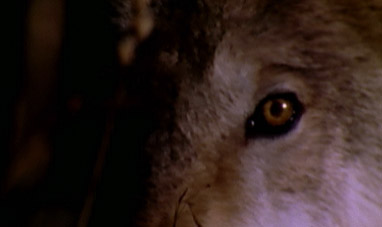

WOLF


GALAXIES


CHEMICAL BONDS


HOW LONG DO WE LIVE?


MARS


HYDROPOWER


LADYBUG


ARCHIMEDES' PRINCIPLE
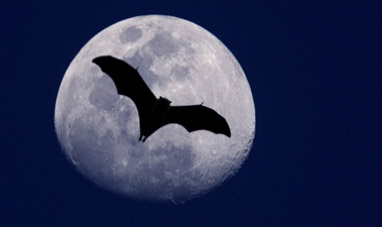

BAT


NEBULAE


AIDS


SQUID


THE FEMALE REPRODUCTIVE SYSTEM


STARFISH


THE RESPIRATORY SYSTEM


TARANTULA
